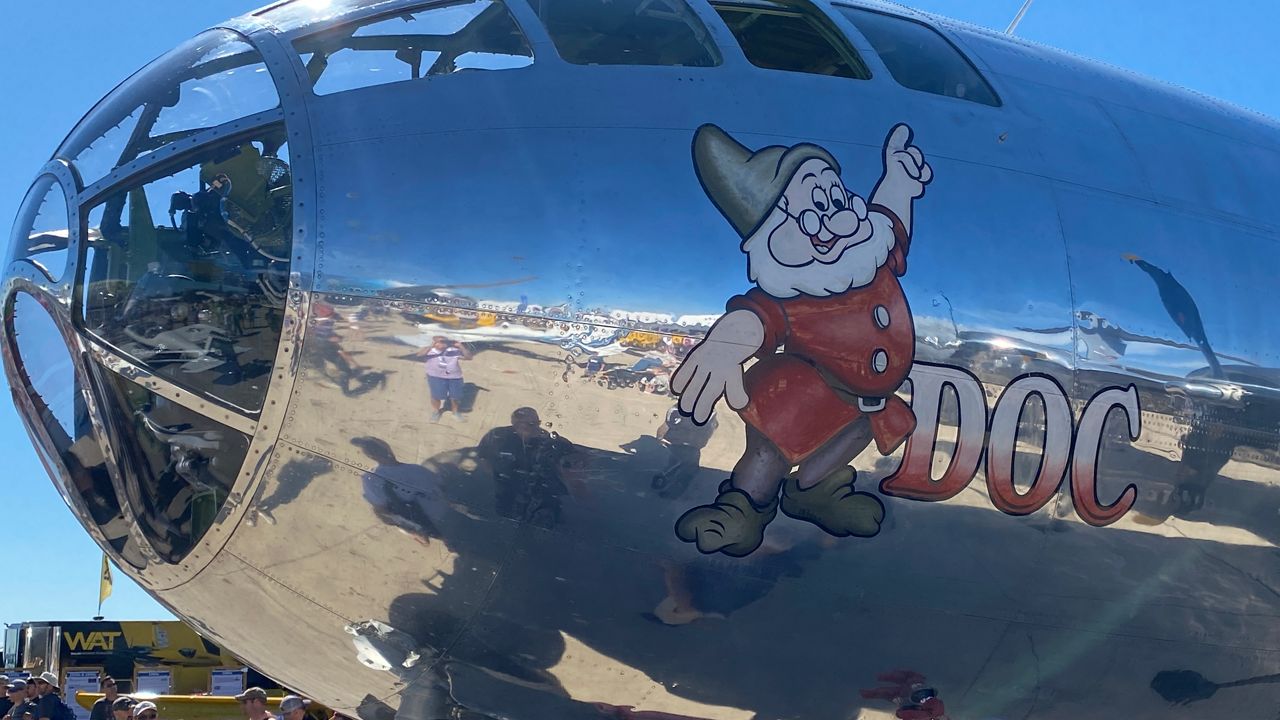OSHKOSH, Wis. — Gail Hunter was in the middle of explaining how she wound up in the U.S. Navy when her train of thought vanished.
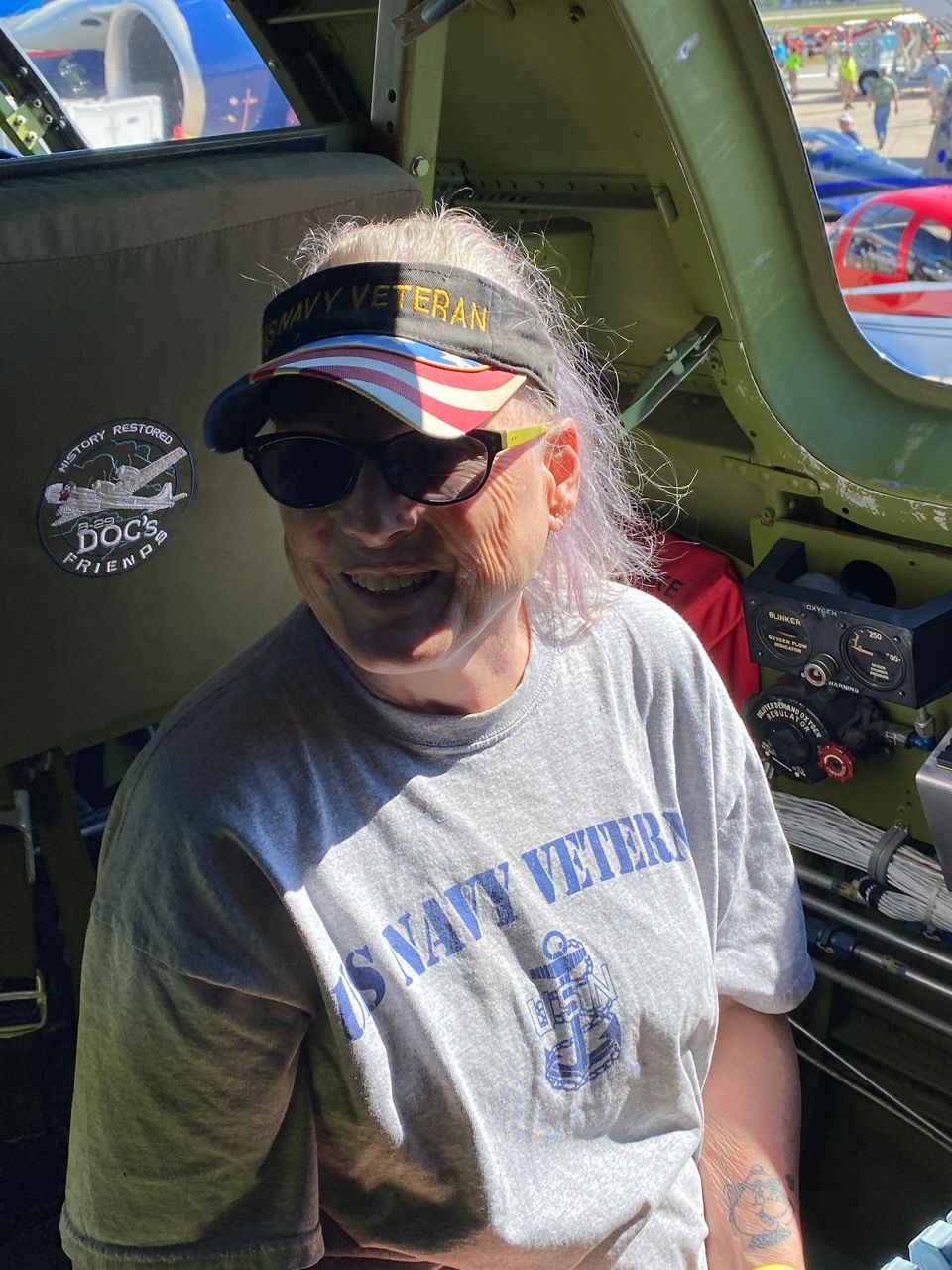
“‘Oh my gosh, Uncle Jack!’” she said as she lowered herself into the flight engineer’s seat of “Doc,” the B-29 WWII bomber on display at this week’s EAA AirVenture.
Uncle Jack was Jack Biefeld, who sat in that same flight engineer’s seat for several missions during WWII.
Hunter, from Watertown, is now looking out the window, then looks back up as tears well.
“It almost makes me feel,’’ she said, “like my uncle’s here.’’
She then grabs her cellphone and starts taking pictures of the myriad of gauges in front of her.
“This is awesome. I wish my grandma were alive so I could show her these pictures,’’ Hunter said. “This is amazing. Oh my gosh, to know all of this? He was a very smart man.’’
It took a lot of very smart, determined men to ensure “Doc” — part of a squadron once known as Snow White, the Seven Dwarfs and the Wicked Witch — would have a storybook ending.
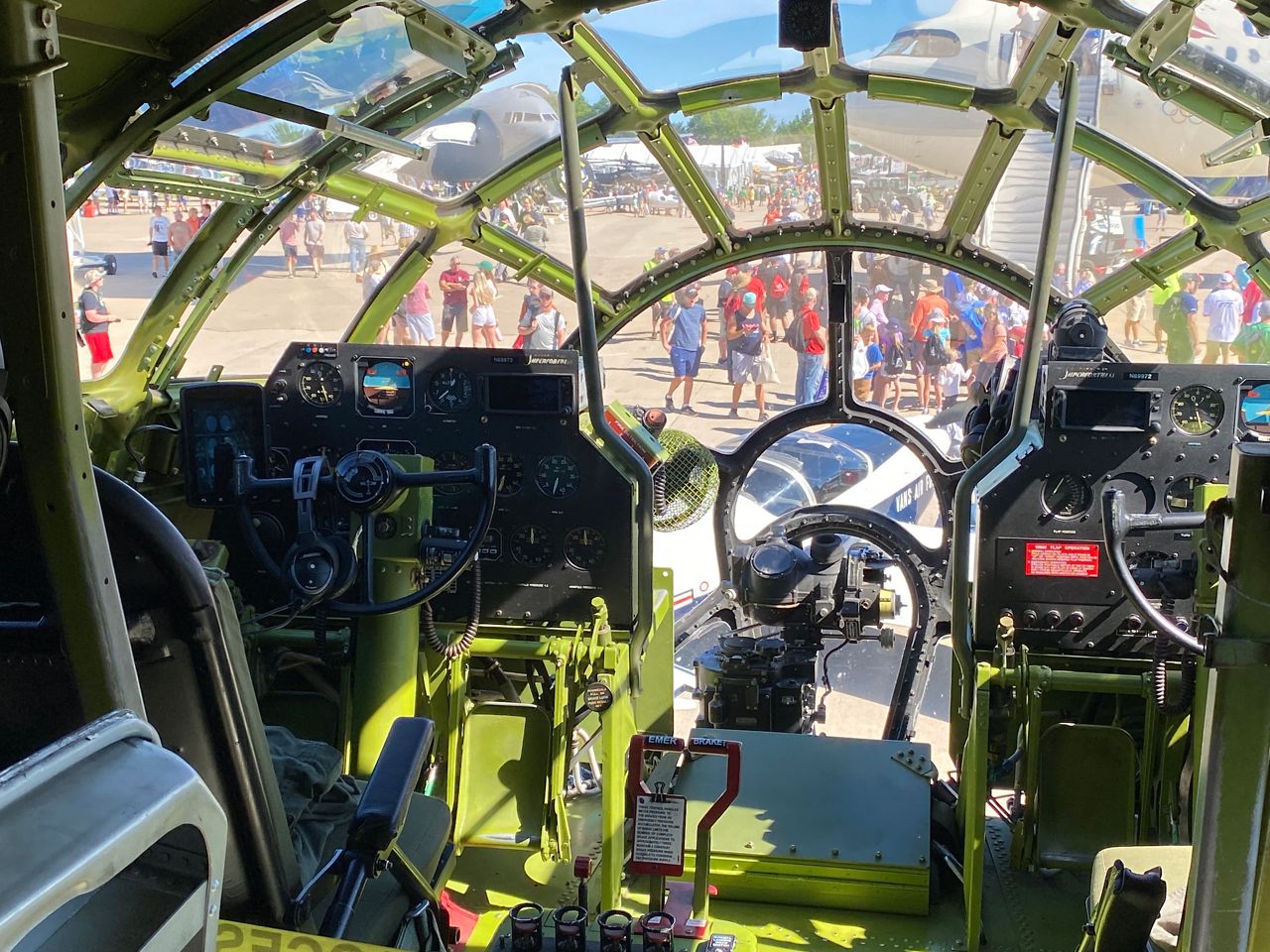
Tony Mazzolini is a plane guy. He worked for Continental Airlines, loved vintage aircraft and, in particular, the B-29 WWII Superfortress. He found one sitting in the Mojave Desert, just rotting away.
Mazzolini thought to himself, “I’d like to buy this.” So he contacted the Navy.
“And the Navy said, ‘Well, you can’t buy it. We can trade for it,’” said Josh Wells, executive director and general manager of Doc’s Friends, Inc., a nonprofit out of Wichita, Kansas.
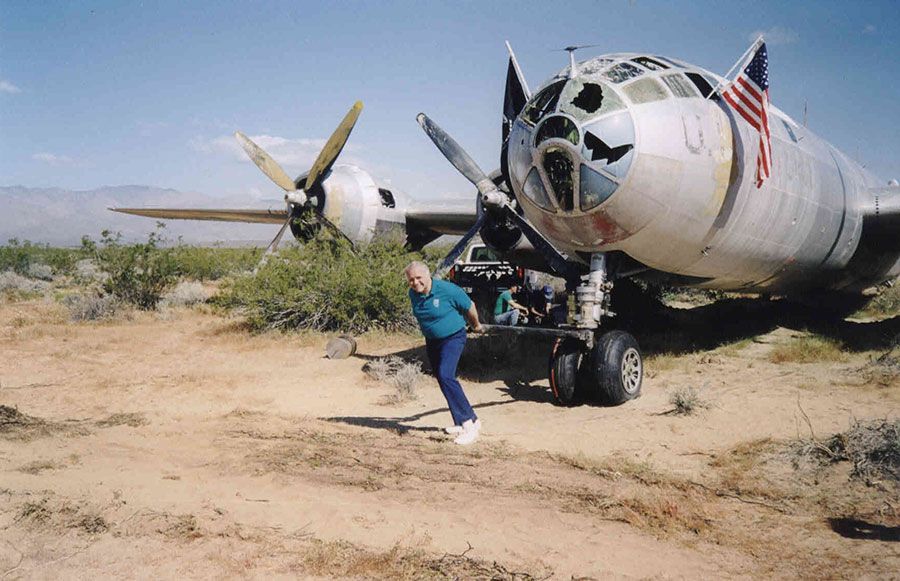
So what does one trade for a B-29 WWII bomber? Well, a Michael Jordan rookie card would not cut it.
“They wanted a B-25 restored, a static restoration of a Doolittle Raid B-25,’’ Wells said of the aircraft used in the 1942 air raid of Tokyo.
Mazzolini said, “OK.” He went to South America, found one, graded it, brought it to Florida and had it restored.
“He came back a few years later,’’ said Wells, “knocked on the Navy’s door and said, ‘OK, well, here’s your B-25. I’d like to have my B-29 now.’”
While the Navy received a B-25 in pristine condition on the outside, Mazzolini got a B-29 that was riddled with holes as it was used for target practice by the Navy, was corroded, was home to various desert creatures who had taken up residence the previous 40 years and was missing a bunch of interior items, taken by scavengers.
It would take another 10 years for Mazzolini to get the plane out of the desert, delayed by such things, like figuring out a way not to disrupt the habitat of the endangered desert tortoise.
Eventually they got it out, but discovered it was not airworthy. So Mazzolini called a guy named Jeff Turner, who at the time was the site leader at Boeing Wichita (Kansas), where “Doc” was built.
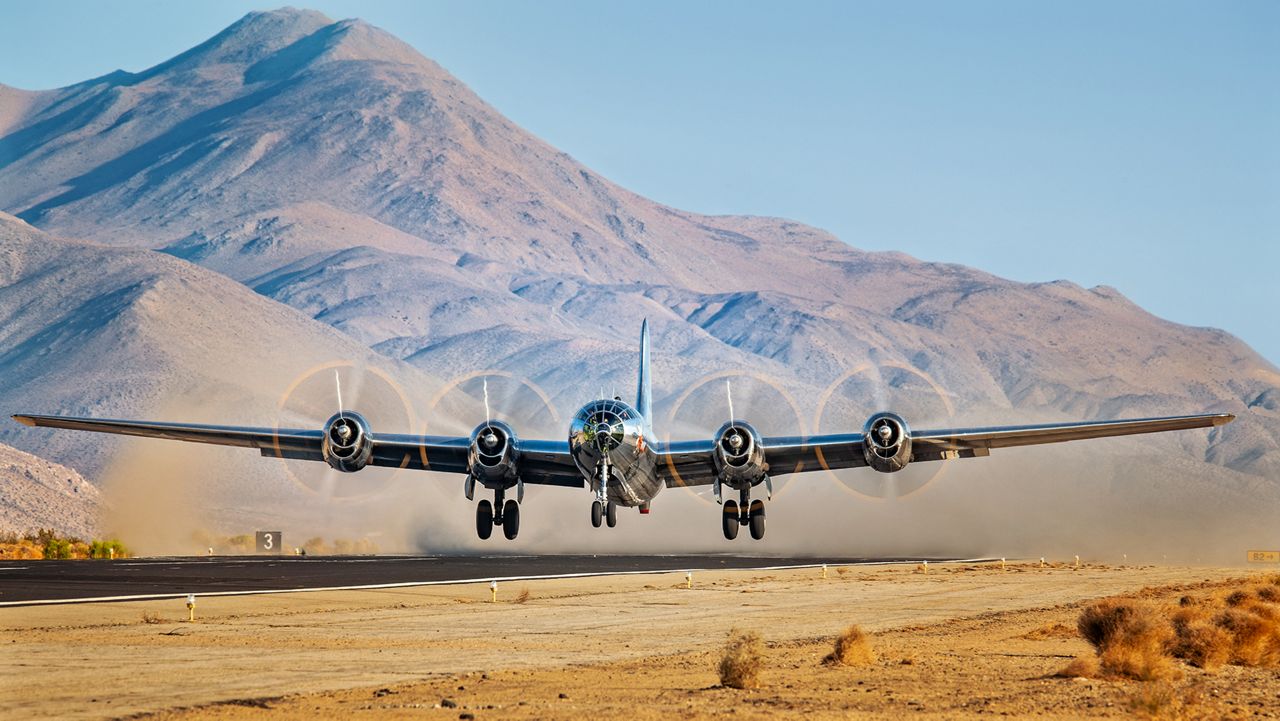
“Jeff said, ‘You know, if you can get it back to Wichita, we’ll figure out a way to help you put it together,’” Wells said. “So in 2000, this thing arrived on seven flatbed trailers in Wichita, Kansas, and they began what was going to be a two-year restoration.’’
Two years, plus 14 more, and it was finished, thanks to 450,000 volunteer hours.
Even Connie Palacios, an original “Rosie the Riveter,” the campaign aimed at recruiting female workers for defense industries during WWII, came back to help restore the plane.
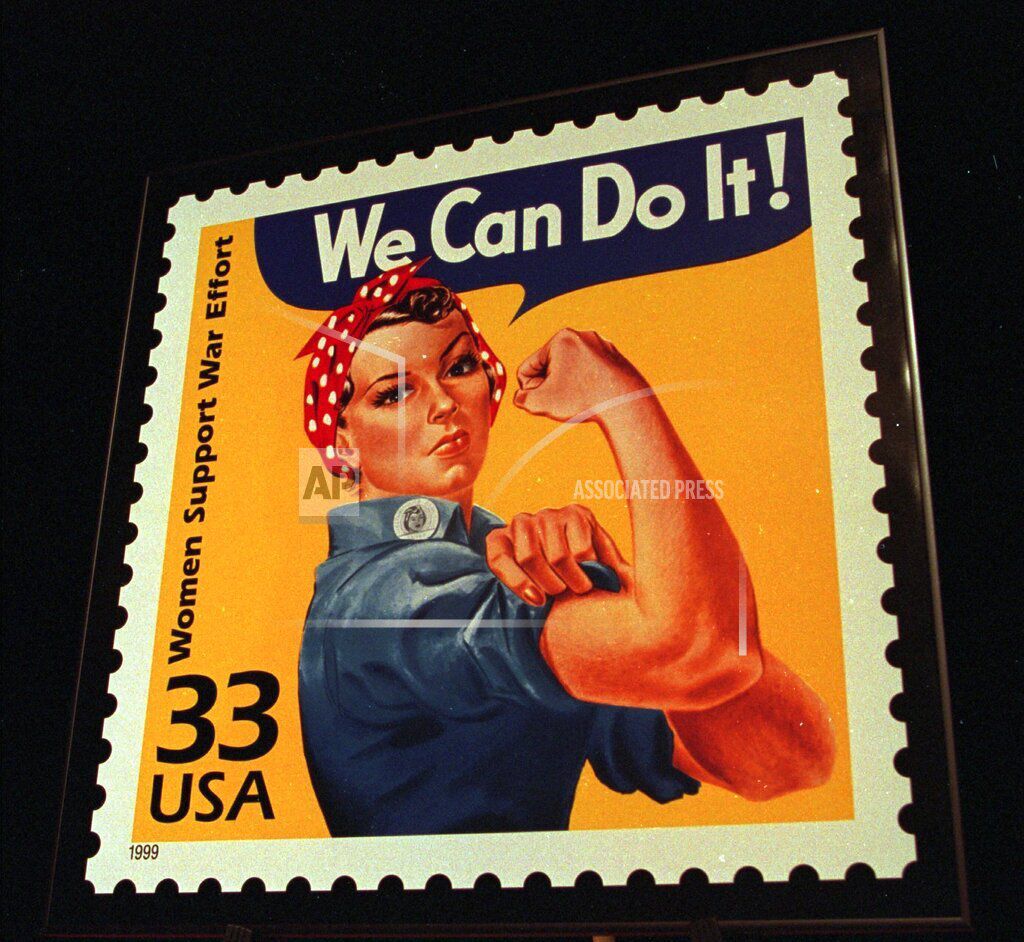
“She was 17 years old when she went to work for the Boeing Company in Wichita, Kansas,’’ said Wells. “And she put in all the nose rivets in every B-29 that went across the factory floor in Wichita, Kansas, including this one. It’s an inspiration, right?’’
Then in July 2016, “Doc” was airborne once more, making it one of only two B-29s of the 3,970 made still in operation. The others still in existence, like the Enola Gay, which dropped two atomic bombs on Japan near the end of WWII, are in museums.
“The day we flew in 2016 was something else,’’ Wells said of “Doc’s” first flight in decades. “Not a dry eye. There were lots of tears. Lots of fist pumps, high fives and hugs. It was just another story of Wichita’s historic past, where we are, being the air capital of the world.
“I would say you couldn’t do this anywhere else in the world. Because we have retired aviation workers from Boeing and Bombardier and Textron and Learjet and a Cessna and Beechcraft and all of those people who needed a place to go after they retired. And they brought their expertise, not to mention all the aviation shops, the parts, the widgets, the sprocket parts and the other suppliers in the Wichita area came together to build this airplane. And I think that’s the inspiration and the true story is that they went to work, and wouldn’t take no for an answer.’’
“Doc” has been on tour for six years now, and Wells said each stop is memorable for the people they meet.
“We meet World War II veterans, we meet family members of World War II veterans who have mementos from B-29 crew members that come up and want to fly in the airplane,’’ said Wells. “You know, a lot of World War II veterans are getting up there in age, well into their 90s most of them. And it’s very rewarding and very cool to watch as they come up to the 29 and they get up and they touch it. And it’s magic, because it’s almost like before your eyes you can see them transform back to when they’re 17, 18, 19 years old. I mean, they remember their colleagues, the fallen, their buddies who may have passed on before them. And they’re overcome with joy and emotion and pride.”
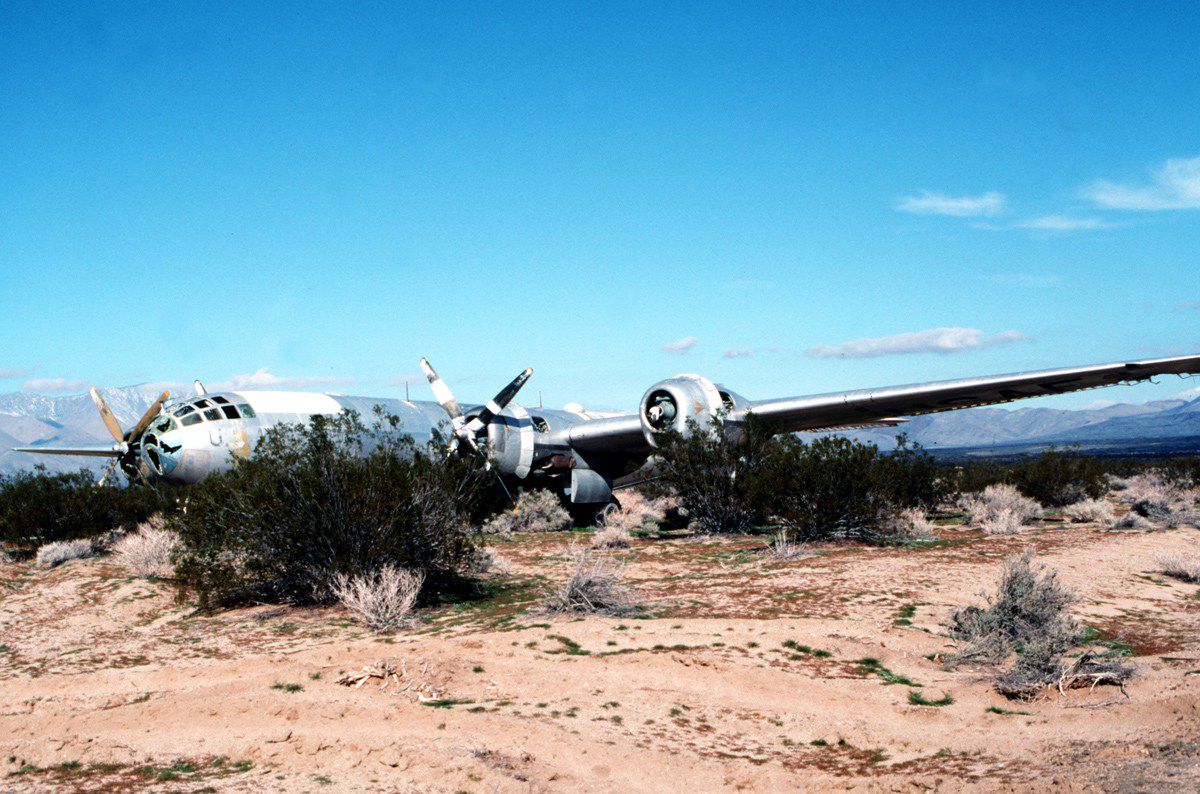
Much in the same manner, Gail Hunter was on Monday.
She was explaining her love for WWII aircraft, and that the B-17 was her favorite. And if she could ride on one someday, it would be another item to cross off her bucket list.
At this point, Pete, the tour guide, steps in and informs Hunter she can take a ride on the B-29, and sit in the same flight engineer’s seat as Uncle Jack did.
“That would be amazing,’’ she said. “It’d be amazing to be on this one.”
Pete then informs Hunter that “Doc” is the plane used for the flight.
“Oh,’’ she said, “then I’ll hitch a ride.”
Story idea? You can reach Mike Woods at 920-246-6321 or at: michael.t.woods1@charter.com



